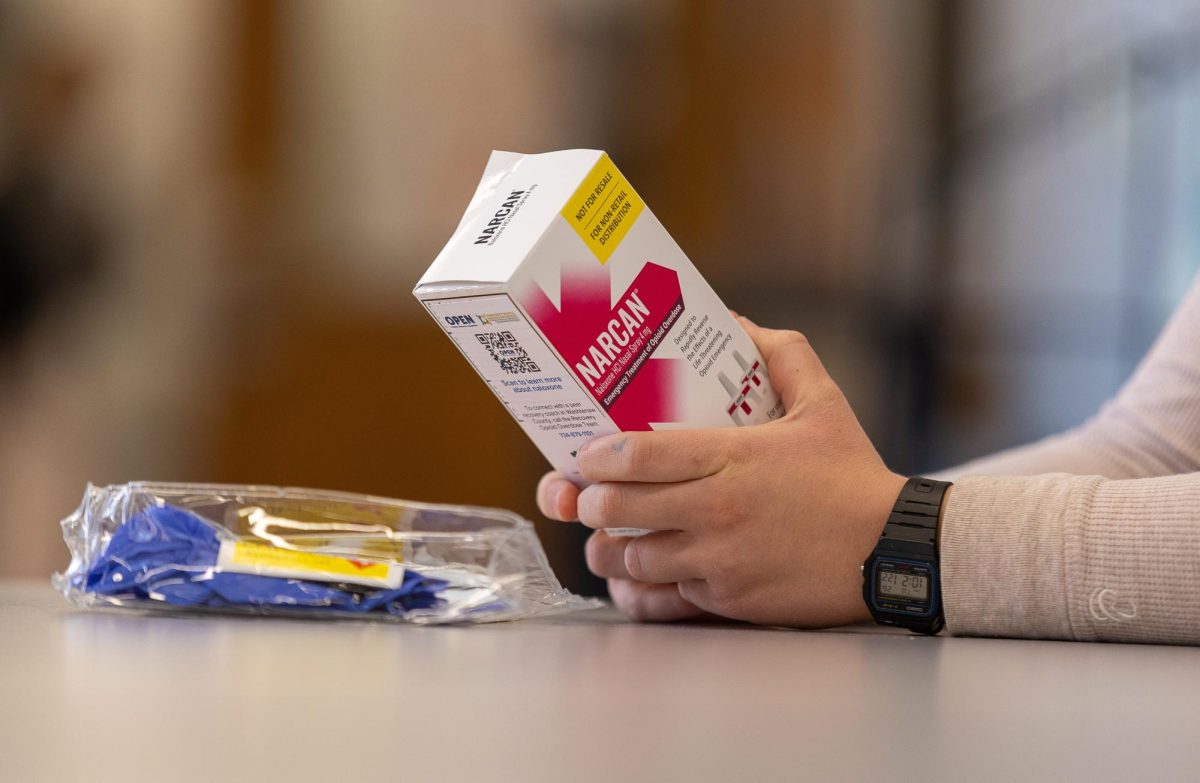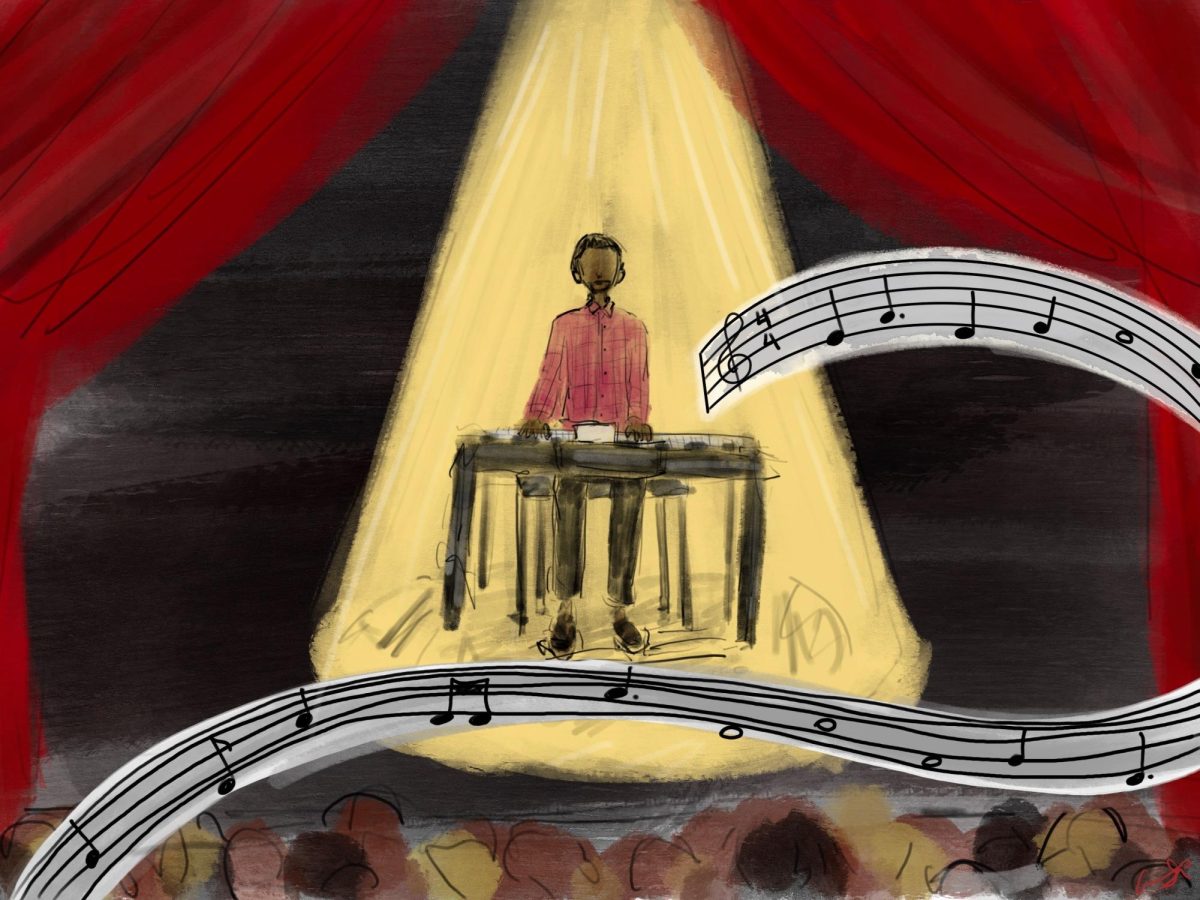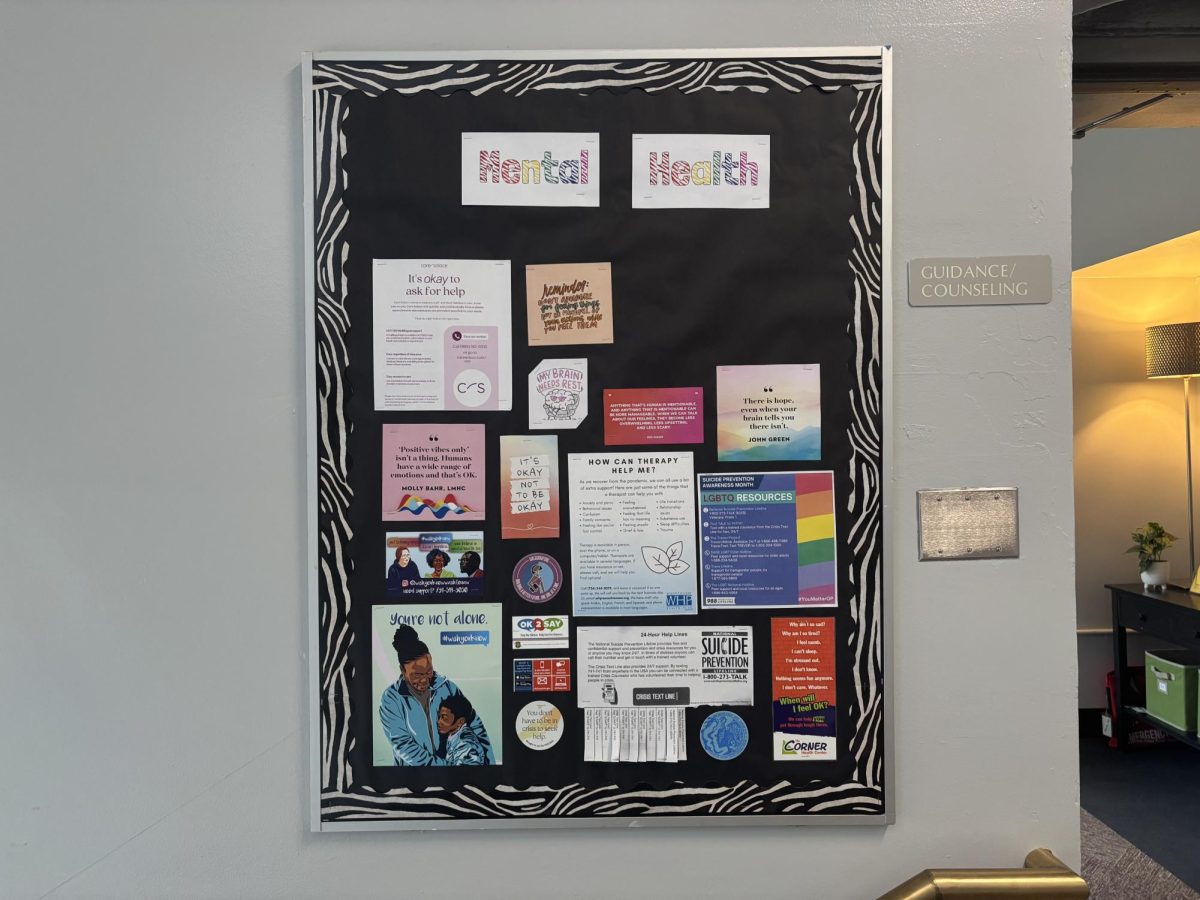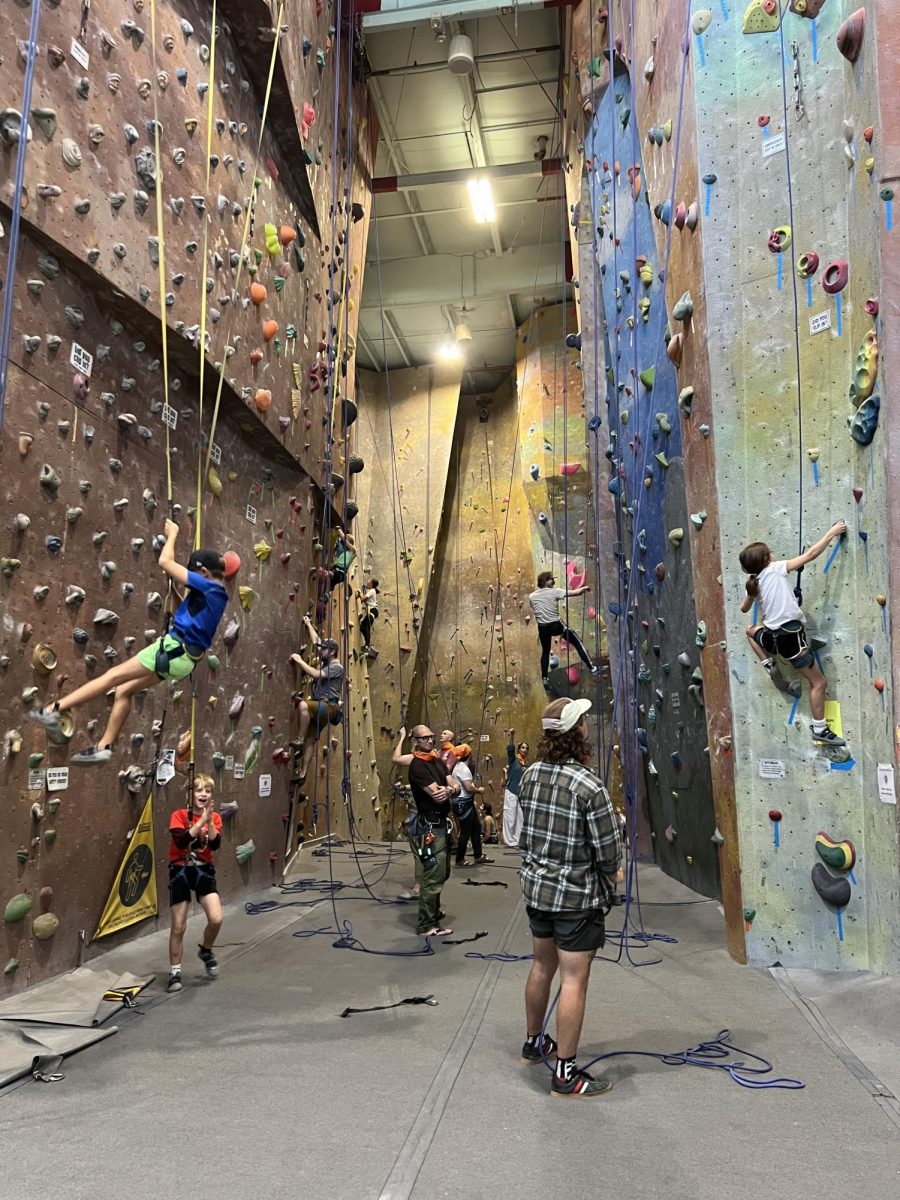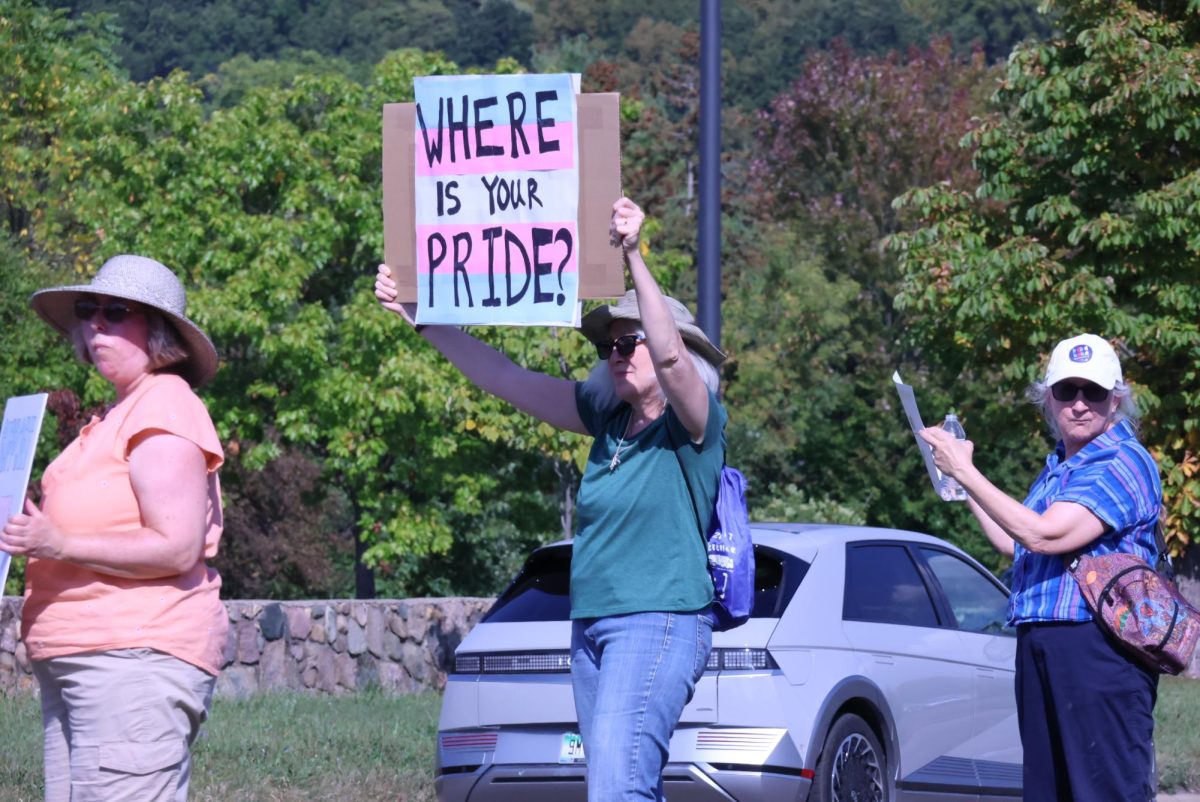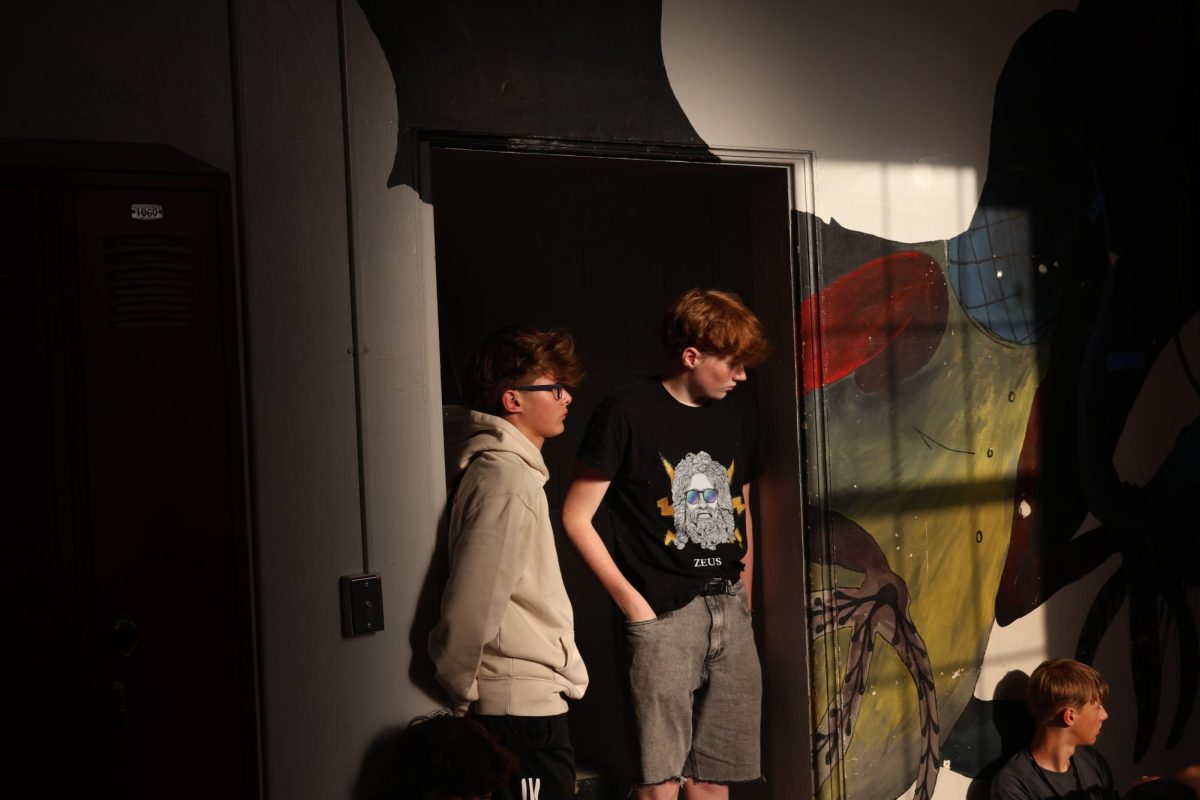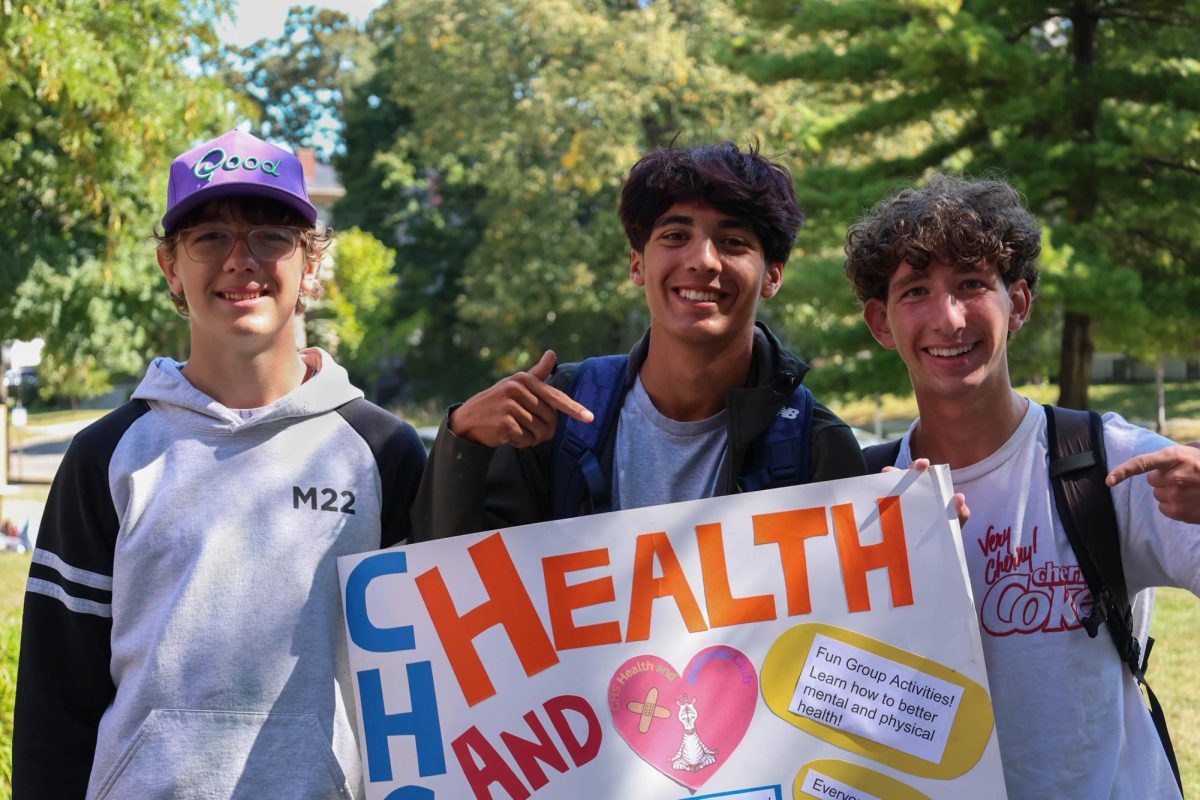On Friday, Nov. 22, students in Becky Brent’s Health and Wellness class got a unique learning experience. Amy Kwarteng, a fourth-year medical student from the University of Michigan Medical School, visited CHS to give a presentation about the opioid epidemic and naloxone, a drug that reverses the effects of an opioid overdose. At the end of the block, students were given a naloxone kit to take home if their parents had given permission.
Out of all the Ann Arbor Public Schools, Community is the first to host such a presentation. The idea to present in schools came to Kwarteng after working at the National Institute on Drug Abuse in Maryland for two years, learning from doctors who treat patients with substance use disorders.
“As medical professionals, we will learn these things throughout the job, but certainly people may not,” Kwarteng said. “They don’t go to medical school or health professional school, and I thought it was important to share this knowledge more broadly.”
When she got to the U of M Medical School, she got the perfect opportunity. She worked with Dr. Gina Dahlem, a clinical associate professor at the U of M School of Nursing, to develop the program, which included information about the opioid epidemic, how to spot signs of an opioid overdose, and how to administer the life-saving drug, naloxone.
The demonstration gave insight into a topic that was unfamiliar to certain students, including Sam Grand, a sophomore at CHS. Grand was aware that naloxone reversed the effects of an opioid overdose but didn’t know the details behind how the nasal spray does its job. He also wanted to be prepared just in case he ever needed to use it.
“I think it’s important because a lot of young teens are inexperienced with drugs, and then they overdose,” Grand said. “So it’s a really good resource to have just around your household.”
CHS Health teacher Becky Brent is also very passionate about educating students on drug use in our community.
“Any time we can have a community representative who has direct experience working with the subject matter in our content area, I jump at the opportunity,” Brent said. “To be able to give this type of education and provide this [naloxone kit] for every house of the students I work with is a pretty phenomenal opportunity that I just couldn’t pass up.”
It’s important to Brent that students leave the Health and Wellness class with a deep understanding of what substance use disorder (SUD) really is and how and why it affects people.
“When we learn the science behind it, we break a bunch of stigma and shatter the assumption that addiction is related to character choices or character traits, and we really focus on the mental health aspect of the struggle,” Brent said.
Sylvie Bleckman, a junior at CHS, greatly appreciated the training and education that she received in class. Going into the lesson without much knowledge about naloxone, Bleckman came out with a much better understanding of what to do in a situation where she might need to use it.
“I think it’s important to learn about this because it’s really relevant in our community,” Bleckman said. “Even if we don’t see it always, there are always people and kids our age struggling with this kind of thing.”
To Bleckman, this training was important because, by educating just one or two classes, that many more people now know how to handle an overdose.
“Even if I feel that I don’t personally need it, I could still be around people in my community that do need it,” Bleckman said. “And I think that’s really important to think about.”
This is the type of perspective that Kwarteng and others leading the fight for harm reduction education want students to develop after watching the presentation.
“My biggest hope is that students know that they’re never too young to have an impact,” Kwarteng said. “They too can be people that are change advocates and can have a really direct impact on so many lives.”



